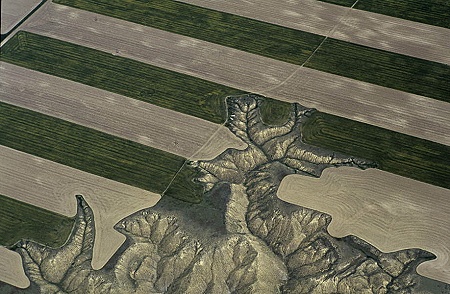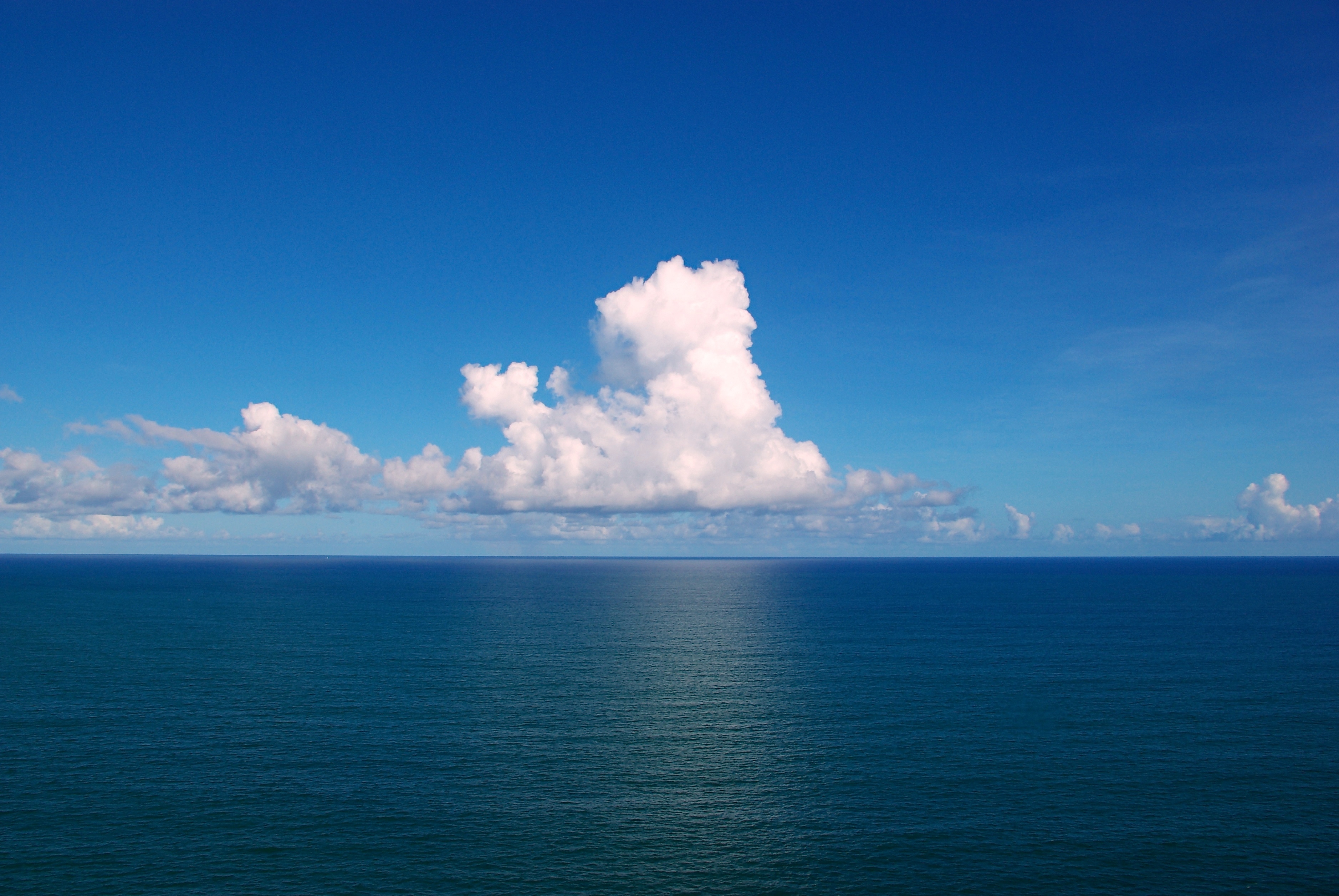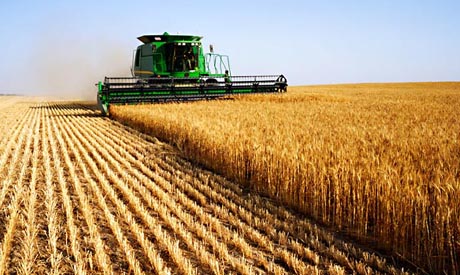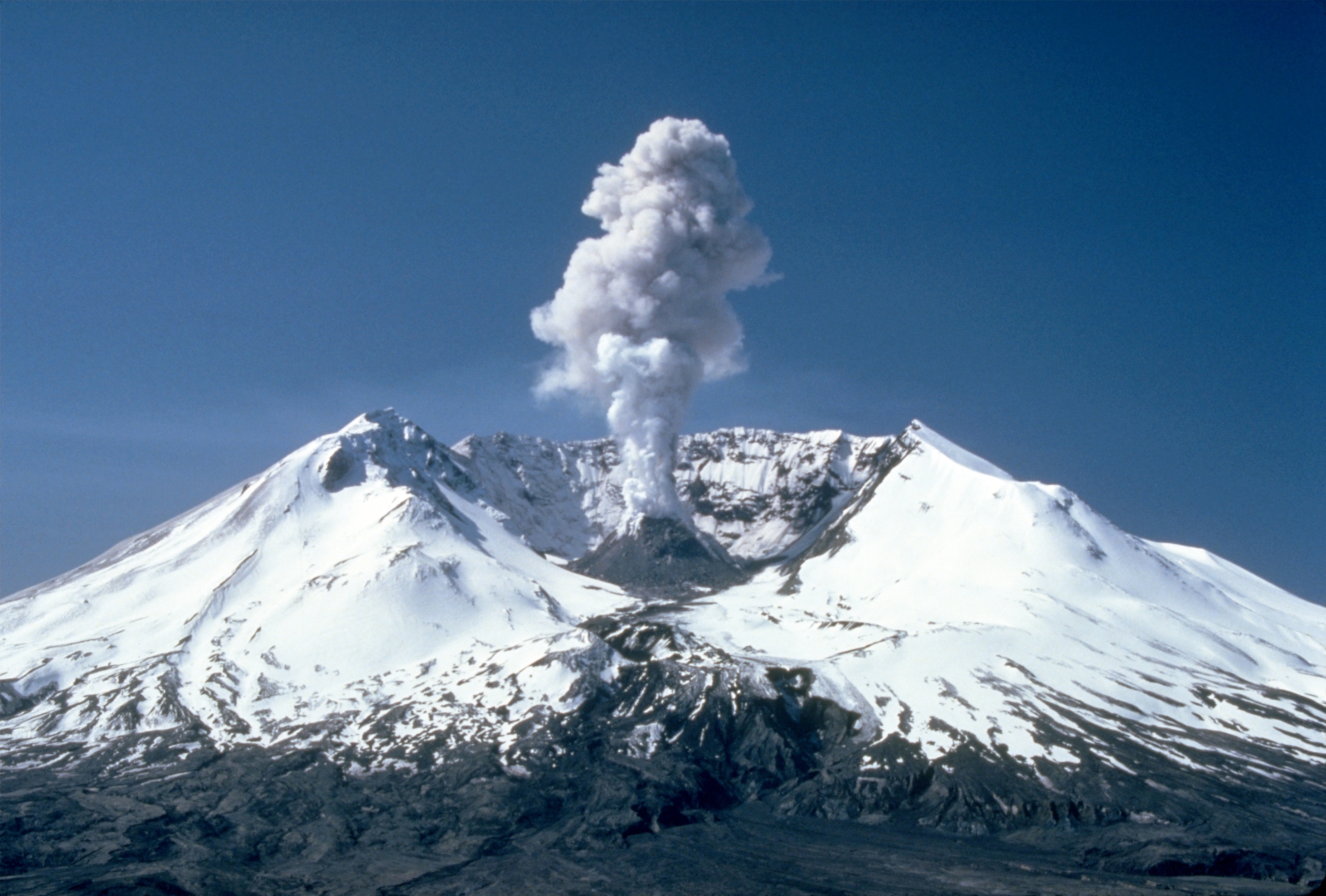- Damages areas where runoff ends up
- degrades land that is eroded
- reduces crop yields
- eroded soil damages dams, rivers, lakes, buildings and roads
- Occurs particularly on steeper slopes, on eroidable soils under crops vulnerable to erosion and where unwise farming methods are practised
- In uplands caused by overgrazing and footpaths
Rills likely to form in most years and gullies may develop in very wet periods
High Risk:
Rills are likely to develop in most seasons during wet periods
Moderate:
 Sediment may be seen running to roads, ditches or watercourses
Sediment may be seen running to roads, ditches or watercoursesRills may develop in some seasons during very wet periods
Lower:
Sediment is rarely seen to move but polluting runoff may enter ditches or watercourses
Crops' susceptibility to erosion:
High: Winter cereals, potatoes, maize, sugar beet
Moderate: Winter forage crops eg turnips, oil-seed rape
Low: Permanent grass, woodland












